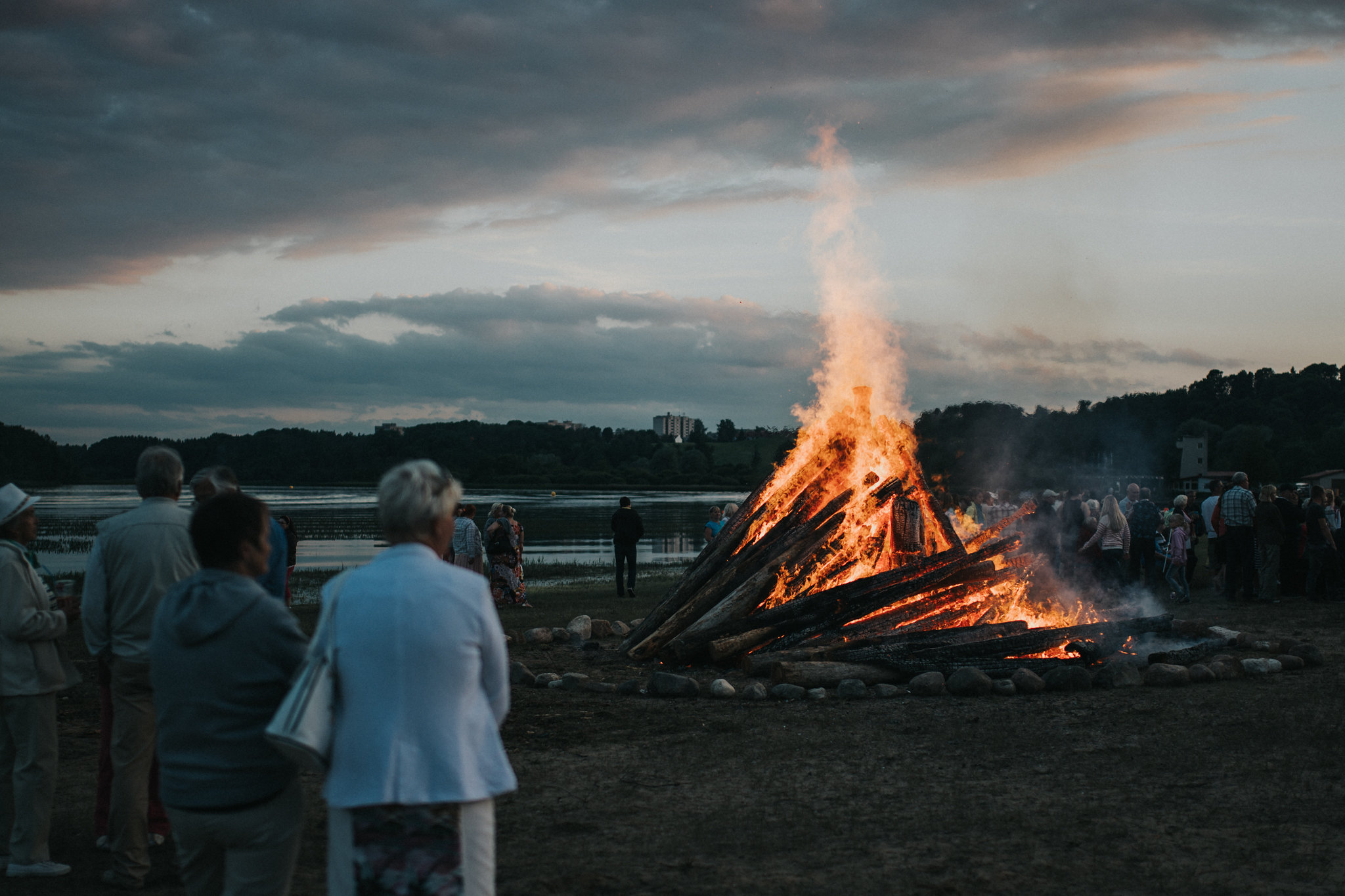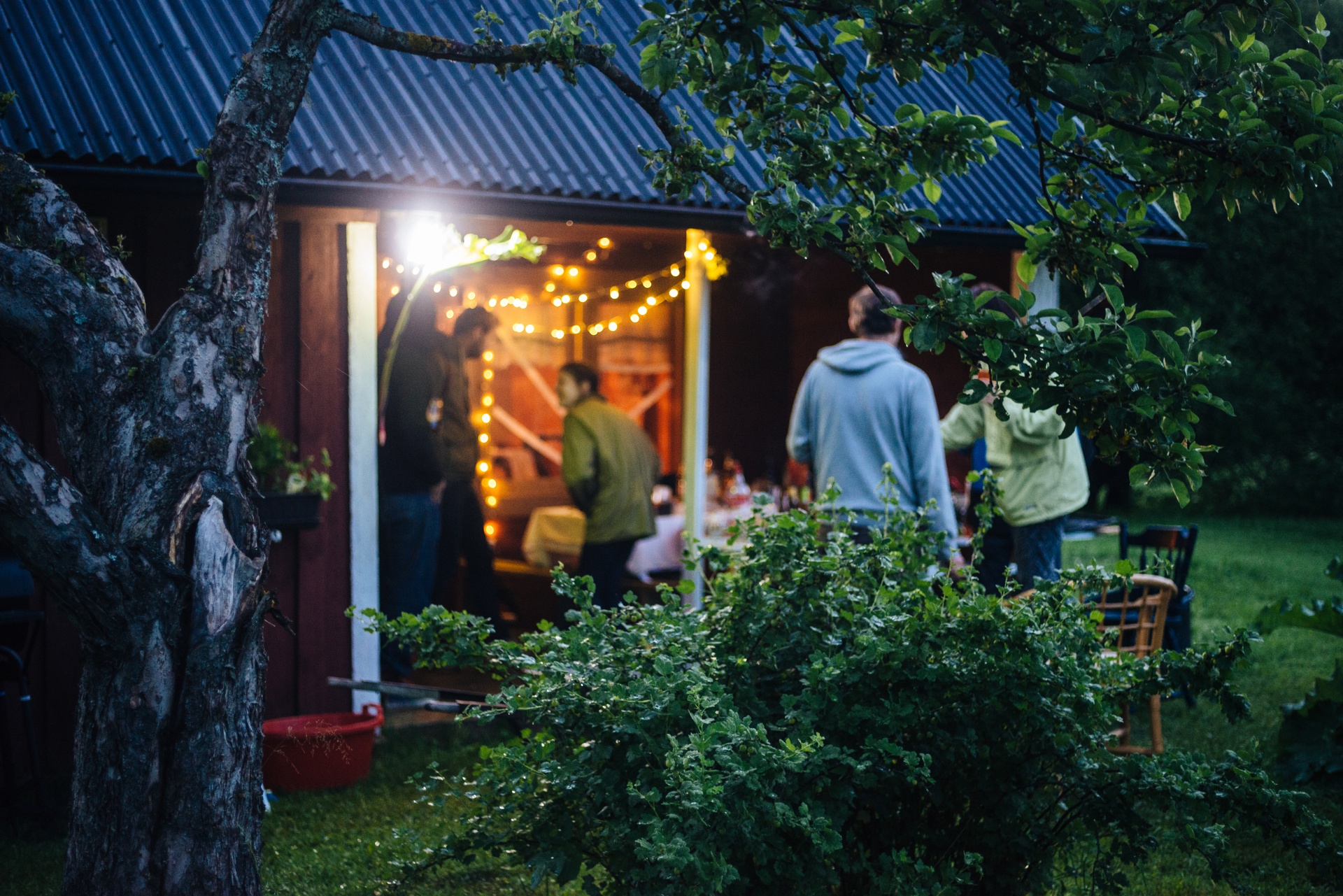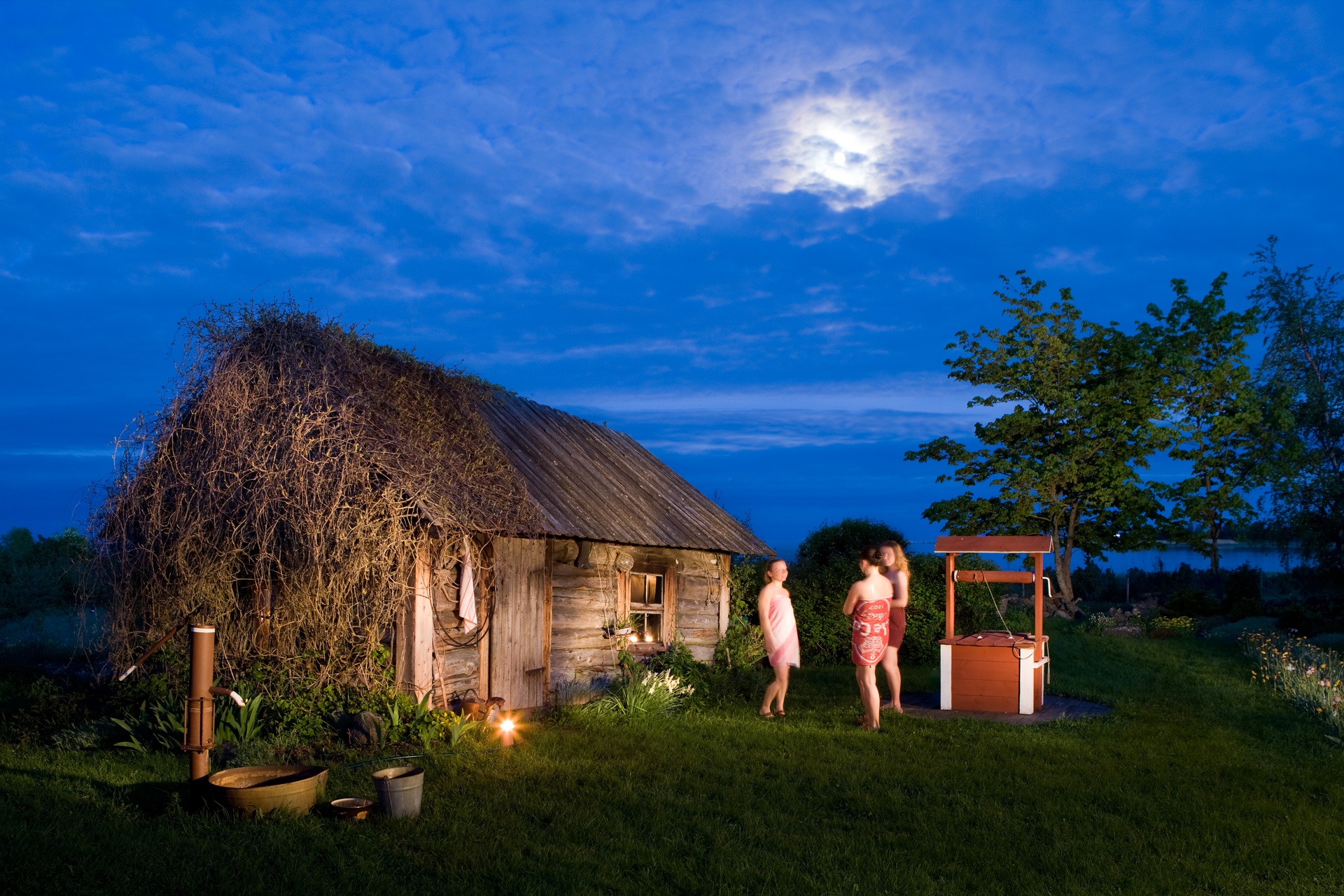
Midsummer's Eve – when Dusk meets Dawn
Midsummer is an important Estonian holiday and the best time to enjoy nature. Here's a list of local festivities so you can join in, too.
Celebrating the summer solstice
Due to its northern location, Estonian summer evenings are known as white nights. The sun sets late and rises early, making nighttime dusky rather than dark. Midsummer or St. John's Day, known as Jaanipäev in Estonian, coincides with the longest day of the year in the northern hemisphere – the summer solstice. Every year, the solstice occurs around June 21st. Midsummer festivities in Estonia begin on the eve of June 23rd and conclude on June 24th. Estonians barely sleep during this bright period, sitting outside in the twilight, faces lit by the glow of bonfires.
Midsummer is one of Estonia's oldest and most important celebrations.
Originating in ancient folk traditions, St. John's Day marks the beginning of the season for haymaking. The day was celebrated long before the arrival of Christianity in Estonia. Although the celebration received a Christian name, pagan traditions are still alive today. Since 1919, Midsummer celebrations have overlapped with Victory Day celebrations on June 23rd, when Estonian forces defeated German troops in the War of Independence.
It's the time of year when day bleeds into night, and there's barely any darkness in sight.
Late June is the perfect time for a holiday outdoors in the forest or countryside.
Ancient superstitions and modern traditions
Midsummer's Eve is intertwined with many folk beliefs. Children stay up until dawn, and young lovers wander through the forest looking for a lucky fern flower that is said to bloom on only this night. You may expect a great fortune if you are lucky enough to spot a glowworm. Young women looking to take a sneak peek into the future are advised to collect nine different types of flowers and place them under a pillow for the night, resulting in a predictive dream revealing a future spouse. The more adventurous boys and girls are known to jump over the bonfire to achieve prosperity or swing as high as possible on the village's wooden swing. More modern traditions include singing, dancing, and telling old folk tales.
The magic of Midsummer's Eve
Kids stay up late to celebrate.
How to celebrate Jaanipäev in Estonia
Celebrating Midsummer in Estonia is primarily a friends-and-family affair. Tallinn is strangely quiet as locals flock to the countryside for the holiday, often adding a day or two before or after for a longer getaway. If they don't have a summer house outside of the city, many Estonians will rent homes, apartments, camper vans, or tents with their families or groups of friends. Accommodations tend to book up well in advance, so make reservations ahead of time!
If you can't get to the forest for Midsummer, you can still party like a local at traditional Jaanipäev celebrations and concerts around the country.
Get inspired
Last updated
26.09.2024


